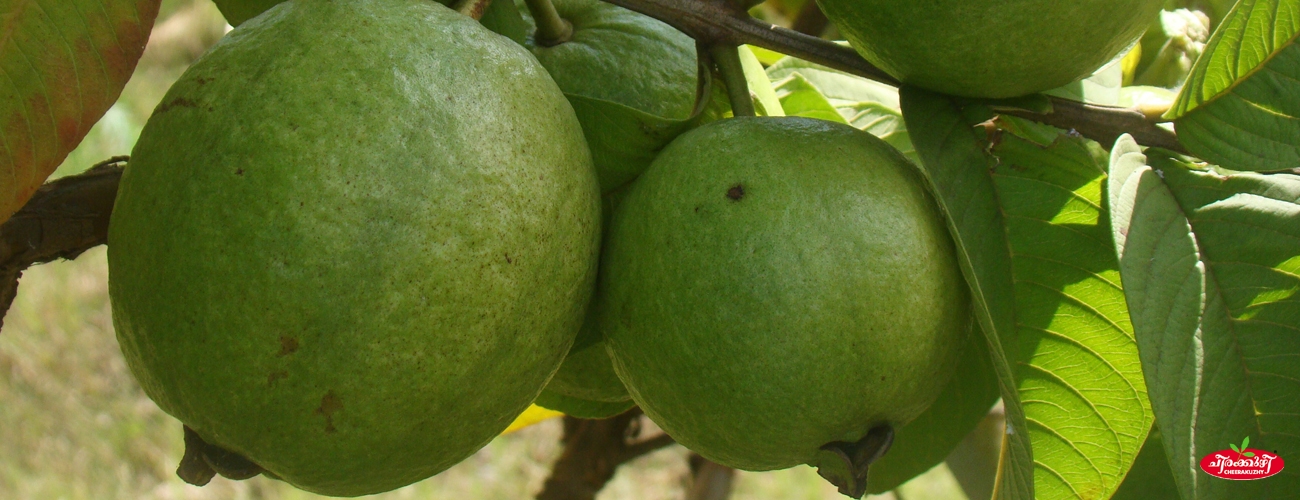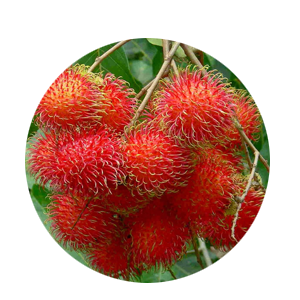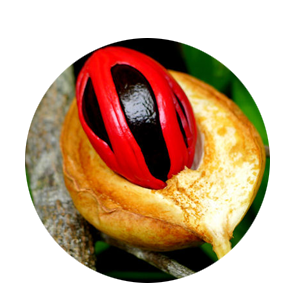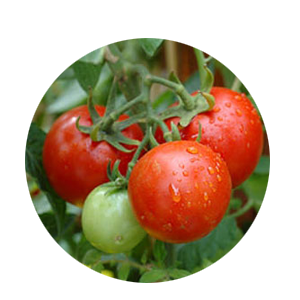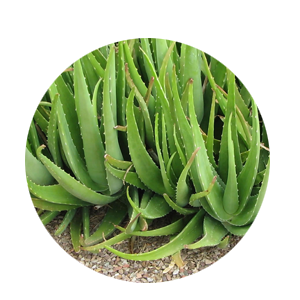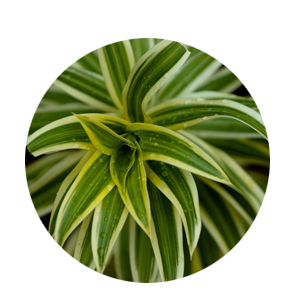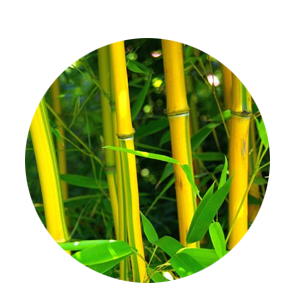Guava - Alahabad Safedha - Layer - (5x7 bag)

Item Description
GENERAL INFORMATION ABOUT A GUAVA TREE Guavas/Psidium guajava are common tropical fruits cultivated and enjoyed in many tropical and subtropical regions.Psidium guajava (common guava, lemon guava) is a small tree in the Myrtle family (Myrtaceae), native to Mexico, Central America, and northern South America.. Guava fruits, usually 4 to 12 centimetres long, are round or oval depending on the species. They have a pronounced and typical fragrance, similar to lemon rind but less sharp. The outer skin may be rough, often with a bitter taste, or soft and sweet. Varying between species, the skin can be any thickness, is usually green before maturity, but becomes yellow, maroon, or green when ripe. The pulp inside may be sweet or sour and off-white (white guavas) to deep pink (red guavas). The seeds in the central pulp vary in number and hardness, depending on species. HEALTH BENEFITS OF GUAVA Guava is termed as superfruits because of the presence of multiple health benefits nutrients-vitamin A, vitamin C, folic acid, potassium, copper, manganese, fibre, flavanoids, and other phytochemicals. It is surprising to know that guavas are having more vitamin C than oranges and more potassium than bananas. One guava contains 169 mg of vitamin C while an orange has only 69 mg. Guava is also used as guava jams and jellies. Some Health and Medicinal Benefits of Guavas 1.Improves your immunity 2.Lowers risk of cancer 3.Good for diabetics 4.Has anti-ageing properties for your skin 5.Improves heart health 6.Helps treat constipation 7.Helps improve vision 8.Good for pregnant women 9.Helps you relax 10.Good for your brain 11.Beats toothache
Maintanance, Disease Management And Yielding
MAINTANACE OF THE PLANTATION Once a plantation has been established, the work should not be considered finished. It will be necessary, for example, to protect the plantation against weather, fire, insects and fungi, and animals. A variety of cultural treatments also may be required to meet the purpose of the plantation. FERTILIZING In the first year after planting 260g Urea, 375g single supper phosphate and 100 g Muriate of Potash is applied along with 50 kg FYM for each plant. This dose is increased every year up to 5 years in the multiplication of first year’s dose, along with 50 kg FYM. This mixture of fertilizers should be applied in four to five split doses between June and September along with drip irrigation in the periphery of each tree. WATERING AND WEED CONTROL Young guava trees should be watered regularly until fully established. In dry western climates, water mature trees deeply at least every one or two weeks. Desert gardeners may have to water more frequently. Mulch the soil around the trees to conserve moisture. Weeding is also very important. Remove all weeds 1.5 meter around the plant. PRUNING AND SHAPE OF GUAVA TREE Prune the new plant at 1-2 feet length to produce new lateral branches. Allow such 3-4 branches to grow to 2-3 feet. Then cut the tips of these branches to grow more branches. Remove the weak branches. The tree in this way will become dense with a good canopy. PEST & DISEASE FOR GUAVA TREE Every fruit tree has the future potential for disease and insect damage. Factors such as location and weather will play a part in which issues your tree encounters. If available, disease-resistant trees are the best option for easy care; and for all trees, proper maintenance (such as watering, fertilizing, pruning, spraying, weeding, and fall cleanup) can help keep most insects and diseases at bay. HARVESTING YOUR GUAVA TREE The guava fruit can not be retained on the tree in ripe stage. So, it should be picked immediately when it is mature. Guava is ready for harvest as soon as the deep green colour turns light and a yellowish green patch appears. Individual hand picking at regular intervals will avoid all possible damage.
- Propogation Method : Layering
- Plant Climate : Sub Tropical, Normal, Hot, Cool, Tropical
- Plant Height : 1-2 feet
- Plant Weight : 1 Kg
- Plant Polybagsize : 5x7
Related Images
- Botanical Name : Psidium Guajava
- Malayalam Name : Perakka
- English Name : Guava
If you have eaten aguava before, look for guavas that smell like they taste
Planting Instructions
PLANT THE RIGHT TREE AT RIGHT PLACE Growing space both above and below ground should be considered when selecting a tree to plant. Too often allowances are not made for the increased size of the tree when it matures. Most problems can be avoided by selecting the proper tree species for the available planting space. GENERAL TIPS 1. Plant at least 3 meter from main overhead utility wires on street or to your home. 2. Plant at least 3 meter from a building. 3. Plant at least 1 meter from sidewalks, driveways, patios and fences. 4. Plant at least 6 meter from other large trees. 5. Plant at least 3 meter from small trees. 6. Prioritize your tree planting with the sun’s direction to maximize shade by planting on the southwestern and western sides of your home BASIC PARAMETERS TO PLANT A GUAVA 1.Soil : Guava is very hardy. It can thrive on all types of soil from alluvial to lateric. However, it is sensitive to waterlogging. It can be grown on heavier but well drained soil. Deep friable and well-drained soils are the best. The top soil should be rich for better stand. Soil pH range of 4.5 to 8.2 is congenial for guava but saline or alkaline soils are unsuitable. 2.Planting Distance : For Commercial Plantation :- Standard spacing for guava is , 6m x 6m, accommodating 112 plants /acre. However, it is commonly planted at a distance of 3.6 m to 5.4m. Traditional planting spaces in some parts of country range even upto 5.4 to 7.0m. By increasing the plant density, productivity can be increased. Although there would be reduction in size of fruits, the number of fruits per plant remains more or less similar. For Home Garden:-In a home garden generally we are planting one or two guava fruit along with other species of fruit plants. So it is better to keep minimum 7 meter distance from other plants to plant a guava 3. Pit size : Minimum 60cm width X 60cm Breadth X 60cm depth 4. Sunlight : 100% sunlight is best but can grow up to 50 % shade 5. Watering: During dry weather, initially water the plant once in two days and after one month of planting water every 7 to 10 days during the first year. TEN TIPS FOR PLANTING A GUAVA 1. Dig a hole/pit 3 to 4 times wider than the container (Normally 60cm X 60cm X 60cm is recommended). Fill the pit with top fertile soil to allow for proper root growth. Avoid clay type soil to refill the pit. 2. Add 250 gm Rock Phosphate or Born Meal and 3 to 5 kg Cow dung or compost in the top soil of the pit and mix it thoroughly (Thorough mixing of manure with soil is very important because direct contact of manure with the roots of the plant will cause the damage of roots and plant). 3. Make a small hole in the pit and carefully remove the plant from the container/pot or poly bag keeping the soil around the roots intact. Don‘t yank the plant out of the pot or poly bag as this can separate the roots from the tree. Poly bags can be easily removed by cutting it by a knife and pots can be removed easily by hitting slightly at the top edge of the pot. 4. Set the plant in the middle of the hole. Avoid planting the tree too deep. Keep the base of the trunk is slightly above ground level. Using some soil, secure the tree in a straight position, then fill and firmly pack the hole with the original soil, making sure there aren‘t any air pockets. 5. If the plant is Grafted or Budded make sure the grafted or budded portion of the plant is above the soil. Do not allow to touch the grafted or budded portion in the soil as it burns the skin of the plant. 6. Create a water-holding basin around the pit and give the plant a good watering. After the water has soaked in, spread protective mulch 2–4 inches deep in a 3-foot diameter area around the base of the tree, but not touching the trunk. Also provide a stich as a support for the plant, if needed. 7. The soil and mulch around your plant should be kept moist but not soggy. During dry weather, initially water the plant once in two days and after one month of planting water every 7 to 10 days during the first year. 8. Remove any tags and labels from the tree as these will affect the tree as it grows. You may need to prune any broken or dead branches. For Budded or Grafted plants it is very important that do not allow the growth of off shoots under the grafted/budded portion. Allow the growth of budded/grafted scions only. 9. Do not use chemical fertilizer or any other chemicals on your newly planted trees. Such products will kill your young trees. If needed you can add chemical fertilizers in small quantity (generally below 100gm) after two to three months of planting with sufficient irrigation. 10. Do not over water or allow rain water so much that you see standing water in the pit area of the plant. It will damage the plants roots and results the die of your plant.


